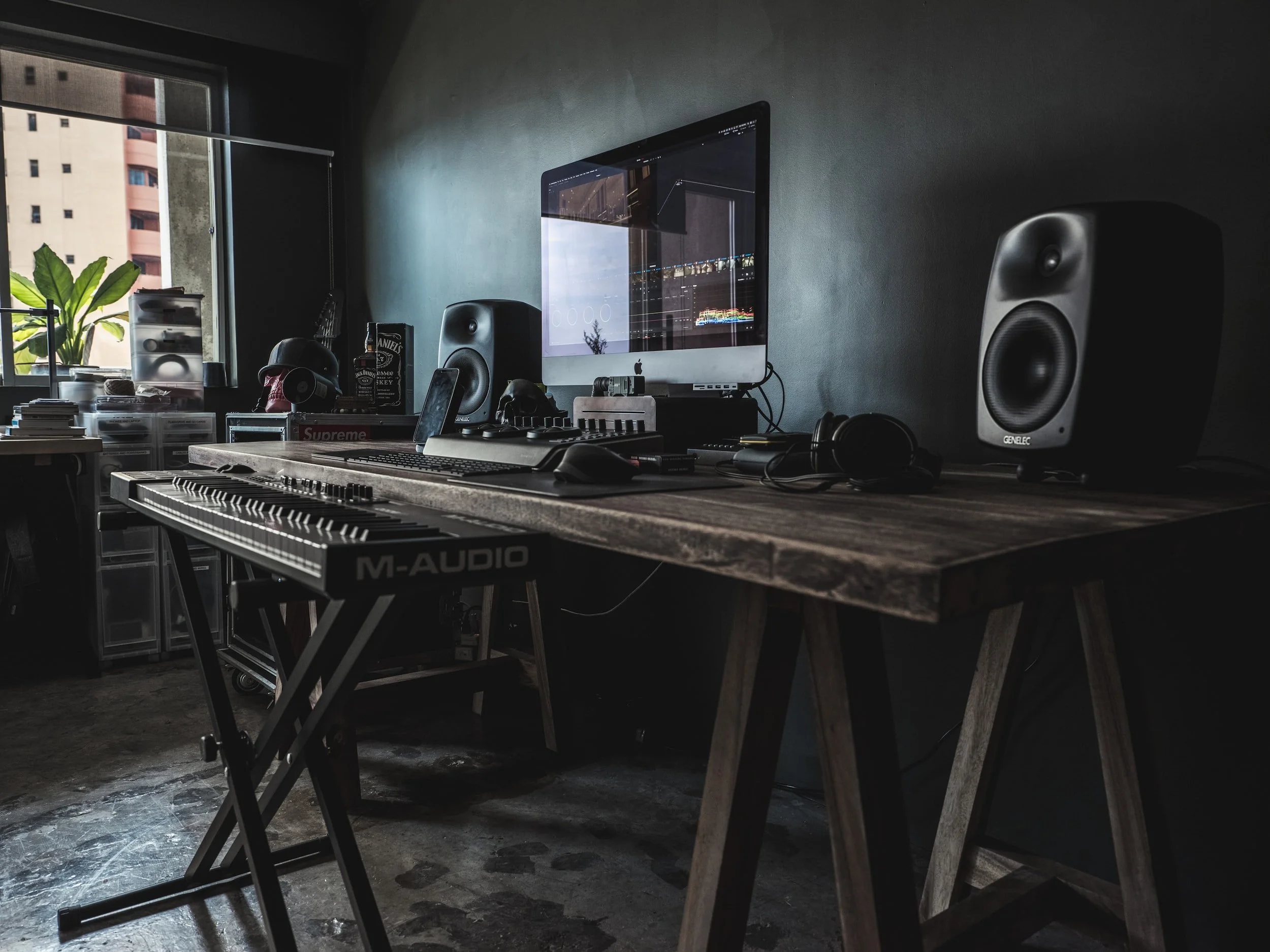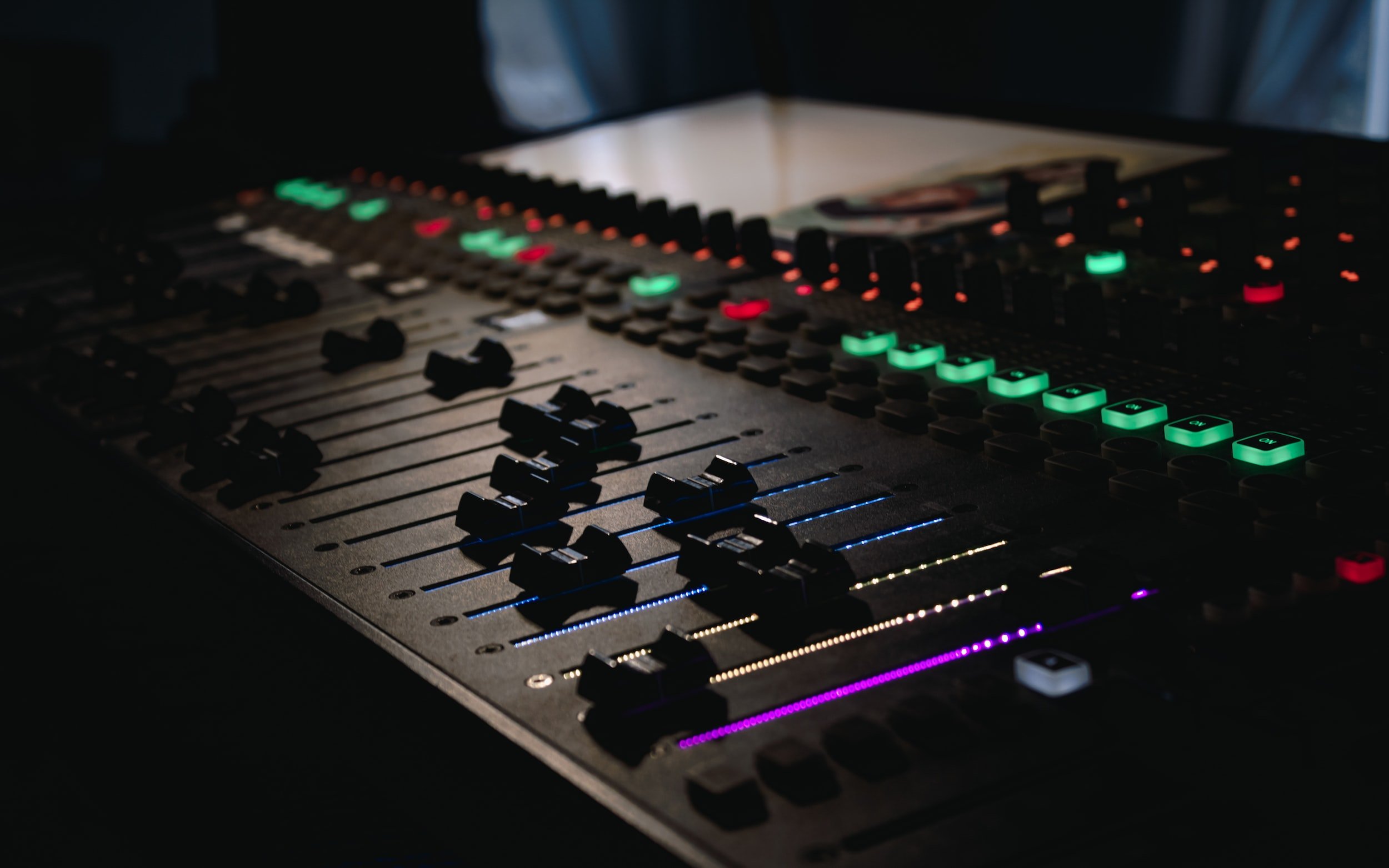If you’re here, it means you’re ready to join the JS team as an Audio Intern! Welcome :) we are happy to have you and know this will be a stepping stone to launch your exciting career journey! Our aim is to give you experience, knowledge, and tasks that will help you grow. Follow the steps below to ensure a successful onboarding:
Step 1: Download Skype on Your computer and smartphone
We currently use Skype for our day to day instant communication. We highly recommend downloading it both on your main computer and smartphone to make it easier to keep up to date with the team, and to ask any questions regarding your tasks. It is a free application:
* Responsiveness on Skype/Email is key when working remotely. Make sure your notifications are turned on so you don’t miss a message & respond as soon as you can during work hours. If you won’t be as responsive one day, let us know in advance why.
Step 2: Fill out the form below to Send us your conact info
Although we use Skype for our main communications we sometimes also use email, zoom, and others. Please fill out the form so we can have your most updated contact info during the internship:
STEP 3: Learn How to Be More productive
Watch the video below and write down three things you think will be helpful for you during this internship and why.
Great job completing section one of the onboarding process, in the next part below you will be trained on the audio editing skills you will need to succeed in your weekly tasks!




